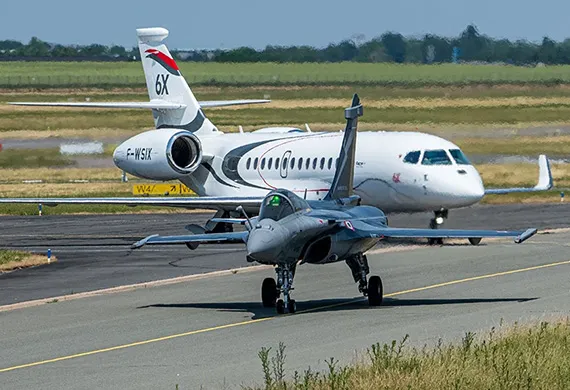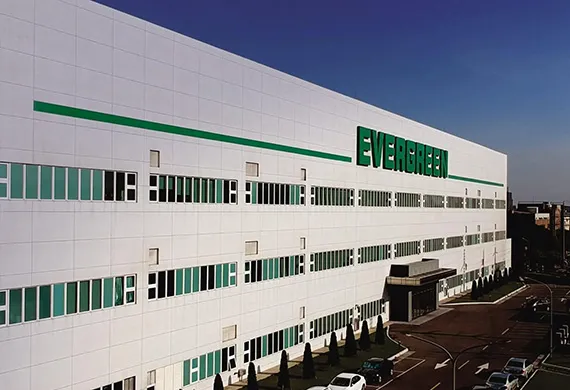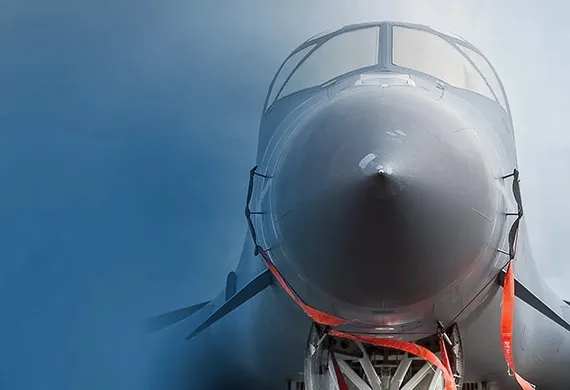One Platform for Digital MRO
Harness the power of data on a single integrated digital platform to optimize fleet maintenance, repair and overhaul (MRO) in Aerospace & Defense.
How are New Business Models Affecting MRO?
The defense and commercial aviation sector is set to spend an estimated USD 240 billion on aircraft maintenance. Yet, many Air Force companies are still plagued by aircraft operation readiness issues and increased maintenance costs. In commercial aviation, the change in business model with more flight-by-hour maintenance contracts, particularly for aircraft engine and component maintenance, forces manufacturers and MROs to transform their operations.
As extensive data sets are rapidly generated from multiple sources, it is more apparent now than ever that legacy aircraft maintenance systems are aging. The Aerospace & Defense industry must now optimize digital MRO to manage the impact of the data deluge and remain competitive.
The maintenance ecosystem needs to be linked from end to end to bring disparate data and decision-makers together. As such, a fully integrated digital platform with a data-driven model can result in:
Trends Influencing the Aerospace & Defense Industry
Watch David Ziegler, Vice President of the Aerospace & Defense Industry, and Morgan Zimmermann, CEO of NETVIBES, discuss the benefits of virtual twin experiences powered by data science in the Aerospace & Defense industry.
Democratize Data for Decision-Making
Every new generation aircraft comes with terabytes of technical information covering every component, part and software to operate at full capacity. The ability to consume, share and derive big data insights is invaluable to digital MRO.
The entire aircraft maintenance ecosystem must rethink, enhance and digitally transform maintenance tasks from end to end to deliver optimal MRO results. This can be achieved by democratizing data through:
Predictive maintenance
With predictive maintenance analytics, maintenance engineers can anticipate issues and devise appropriate maintenance schedules, parts replacements and MRO processes. Potential malfunctions can be predicted while repairs are conducted; as quickly as possible to meet aircraft availability rate objectives.
Virtual twin experience
A virtual twin experience can be fully configured and simulated to encapsulate the best MRO practices and reusable protocols. By digitally connecting real operational data with virtual twin technology, companies can drive a continuous loop of MRO innovation.
Digital continuity
The technical referential on the 3DEXPERIENCE® platform, with full traceability of changes, is linked to the digital execution system (MES) used by the technicians to ensure the correct actions are performed and to track their progress in real time.
Connect and Collaborate on One Platform
Regarding legacy and new aircraft fleets, the virtual twin of each aircraft, when connected to real operational data, supports best decisions and maintenance actions to increase aircraft availability and reduce maintenance costs
In a world of increasingly connected, digitalized and complex aircraft and defense systems that must meet strict regulatory and sustainability imperatives, industry players will continue to be pressured to improve cost control and efficiency in aircraft maintenance.
A one-platform strategy helps companies connect data, people, products and processes to align the value network and empower quicker and better decision-making. By providing fast and easy access to big data insights in an integrated environment, Dassault Systèmes’ 3DEXPERIENCE platform enables the MRO ecosystem to:
- Leverage knowledge capitalization
- Enhance collaboration from end to end
- Benefit from a data-driven operations experience
Dassault Systèmes’ sovereign cloud-based data science and collaboration capabilities on the 3DEXPERIENCE platform can be used to optimize fleet availability. The stories below highlight how the 3DEXPERIENCE platform offered significant benefits for industry players that want to execute a smart, agile and sustainable aircraft maintenance strategy.
Going Digital to Augment MRO in Aerospace & Defense
Discover the strategic digital platform that helps you navigate aircraft maintenance, repair and overhaul challenges. It is time to reap the benefits of next-generation MRO with the power of data analytics connected to the maintenance data model of your asset.
Maintenance, Repair & Overhaul: Frequently Asked Questions
As aircraft and defense systems become more connected and digitalized, the need for OEMs to better manage sustainment costs increases. Extensive amounts of data generated by commercial fleets, flight operations, maintenance costs and non-conformities must be captured and elevated to knowledge and know-how to continuously optimize fleets. Effective maintenance can positively impact asset availability to prevent technical delays and optimize maintenance stops, ensuring timely asset delivery.
Leveraging flight operation data from an aircraft fleet, elevating the raw data and enriching the virtual twin of the fleet with it will enable key analysis and provide a clear understanding of what needs to be changed on the aircraft and when to optimize all resources — manpower, supply chain, explicit instructions and tools. This requires detailed preparation and good knowledge-driven collaboration between the different industrial players. Digital MRO, with the ability to leverage any data — pilot feedback, sensor data, images and more — is elevated into actionable knowledge by all parties, making this possible. Discover here how Dassault Aviation leveraged this.
Data is collected from different aircraft systems, sensor data and flight operation data. But it also comes from maintenance and pilot tech logs from maintenance information systems, pilot feedback, technicians, images and more. Data can even come from the supply chain. Clearly, these diverse systems contain different kinds of data (structured/unstructured) that need to be aggregated, merged and harmonized. This information is managed, analyzed and transformed into actionable knowledge and know-how to make better-informed decisions.
The data collected generates insights that can be leveraged and elevated directly on the platform using the virtual twin experience as a vehicle. Machine learning improves event and issue analysis. Artificial intelligence can analyze complex events (identify similarities, trends, facts, key expressions and taxonomies). This helps to better understand new incoming data to improve predictive maintenance.
The abundance of data coming from the aircraft and its systems provides the whole industry with an unprecedented opportunity to monitor various parameters continuously, a significant improvement from inspections spread over specific time intervals. Across aviation, there has been a move towards condition-based maintenance and integrated aircraft health management. Predictive maintenance is also used to improve the design of new aircraft and boost innovation. Thus, maintenance challenges could even be transformed into benefits to boost fleet availability.
Support and services use model-based systems engineering to simulate operations scenarios. Event logbooks, flight data and maintenance data inputs run simulations for support and services to anticipate potential issues in the expected scenario. Simulating the cost impact will help to improve the maintenance plan and optimize aircraft systems designs.






